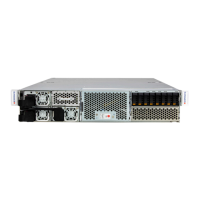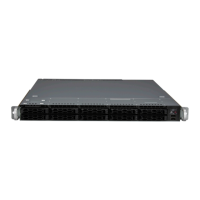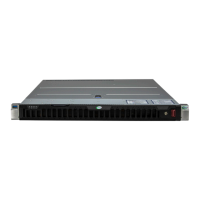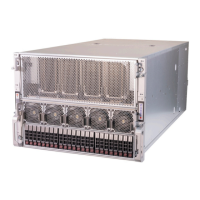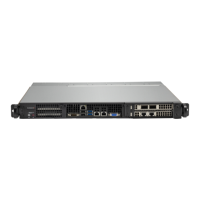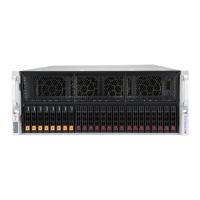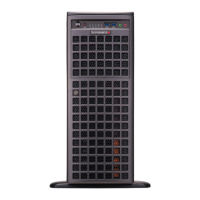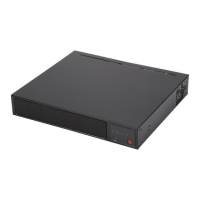75
Chapter 4: Motherboard Connections
Watch Dog
JWD1 controls the Watch Dog function. Watch Dog is a monitor that can reboot the system
when a software application hangs. Jumping pins 1-2 will cause Watch Dog to reset the
system if an application hangs. Jumping pins 2-3 will generate a non-maskable interrupt
signal for the application that hangs. Watch Dog must also be enabled in BIOS. The default
setting is Reset.
Note: When Watch Dog is enabled, the user needs to write their own application software
to disable it.
Watch Dog
Jumper Settings
Jumper Setting Denition
Pins 1-2 Reset (Default)
Pins 2-3 NMI
Open Disabled
BMC and PCH I²C/SDA to VRM and BMC and PCH I²C/SCl to VRM Select Jumper
Use jumper JVRM1 to select between BMC and PCH I²C/SDA for VRM support or BMC and
PCH I²C/SCl for VRM support. Connect a cable to JVRM1 to enable BMC and PCH I²C/SDA
for VRM support. See the table below for jumper settings.
BMC and PCH I²C/SDA to VRM and BMC and PCH I²C/SCL to VRM Select Jumper
Jumper Settings
Jumper Setting Denition
Closed BMC and PCH I²C/SDA for VRM support (Default)
Open BMC and PCH I²C/SCl for VRM support
CPLD JTAG Enable Jumper
Use jumper JPFR1 to enable CPLD (Complex Programmable Logic Device) JTAG support.
Connect a cable to JPFR1 to support CPLD JTAG. See the table below for jumper settings.
CPLD JTAG Enable Jumper
Jumper Settings
Jumper Setting Denition
Closed CPLD JTAG Enabled (Default)
Open CPLD JTAG Disabled
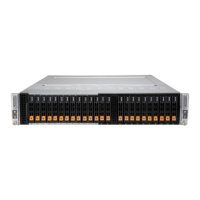
